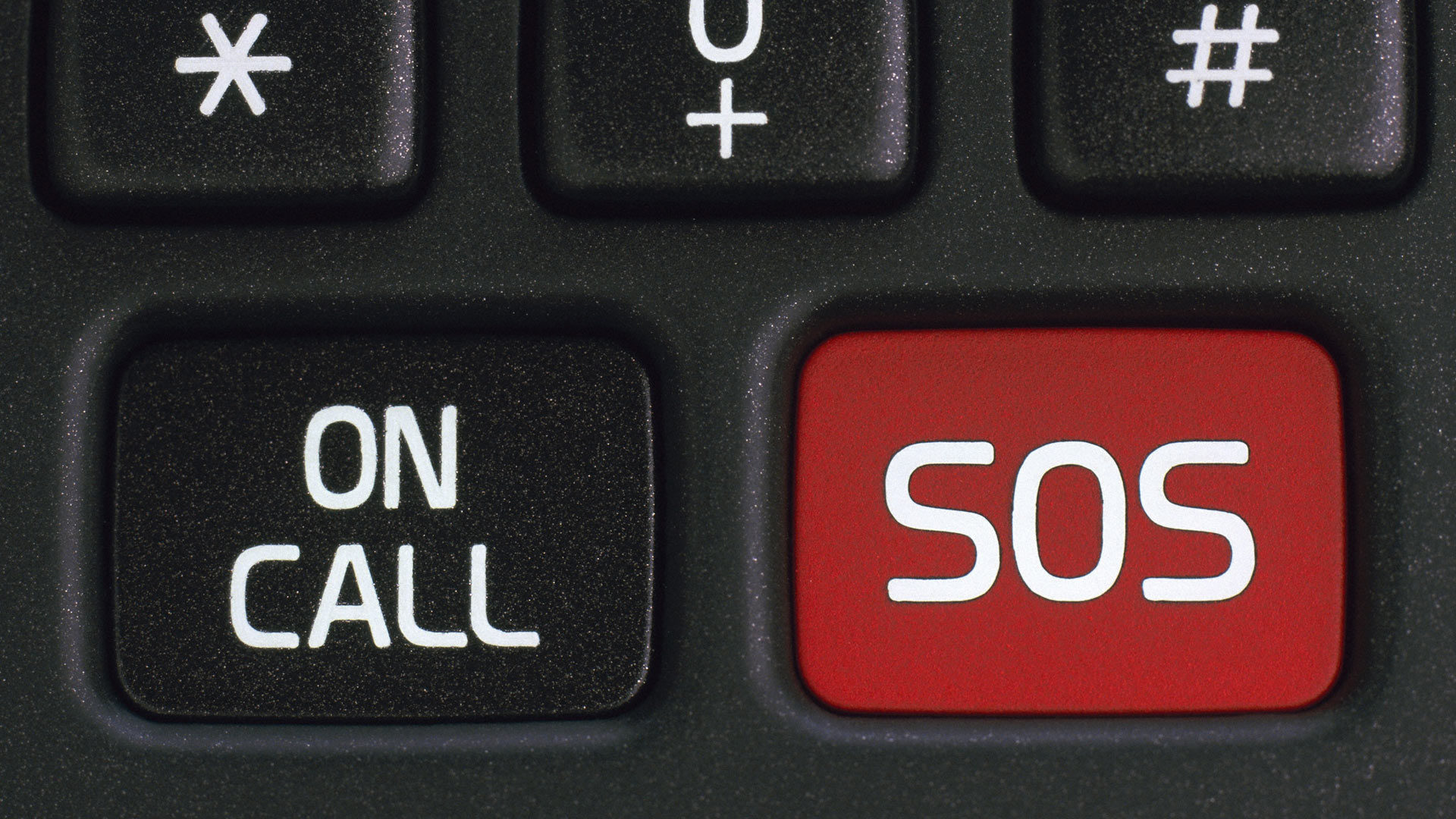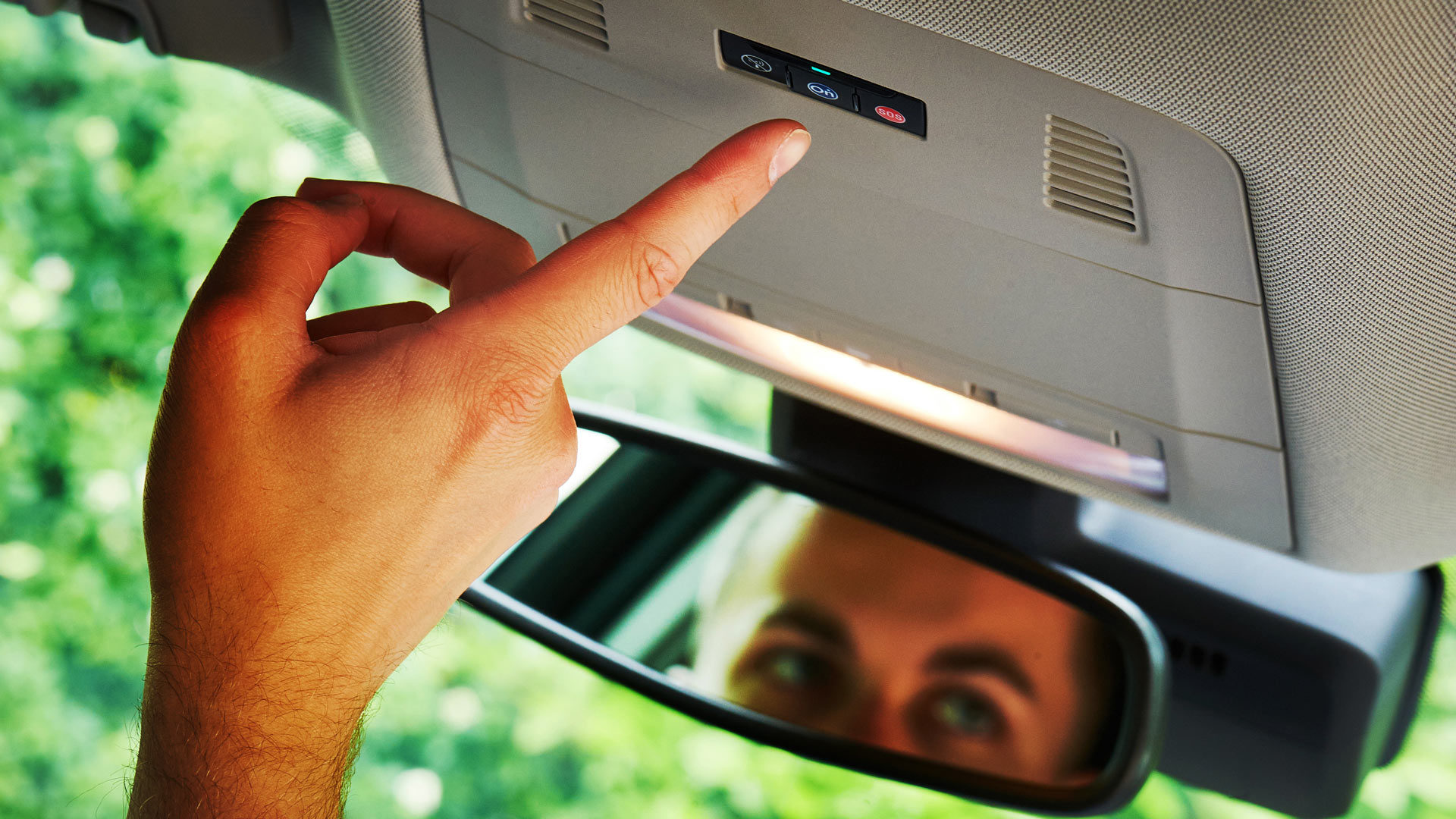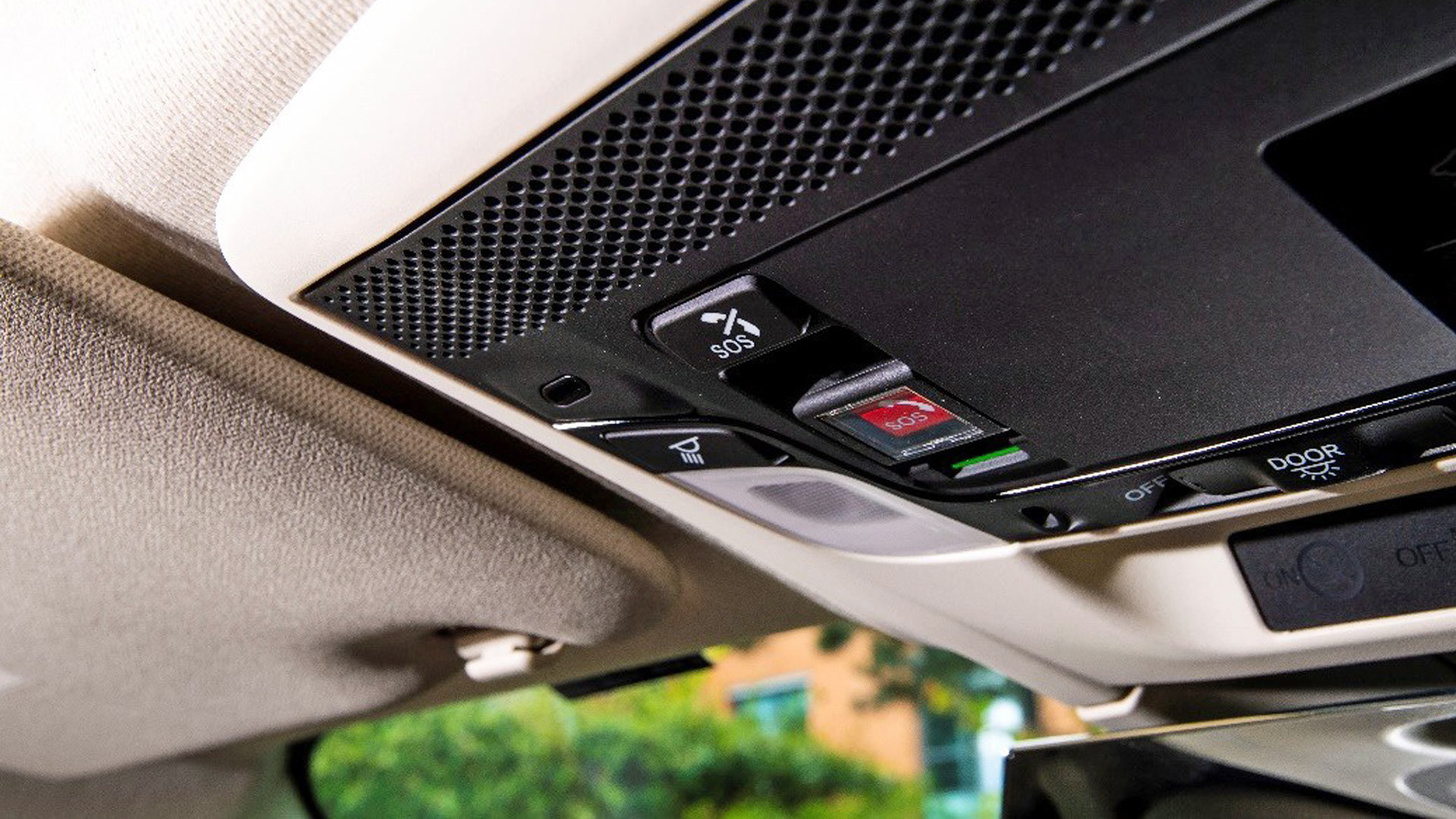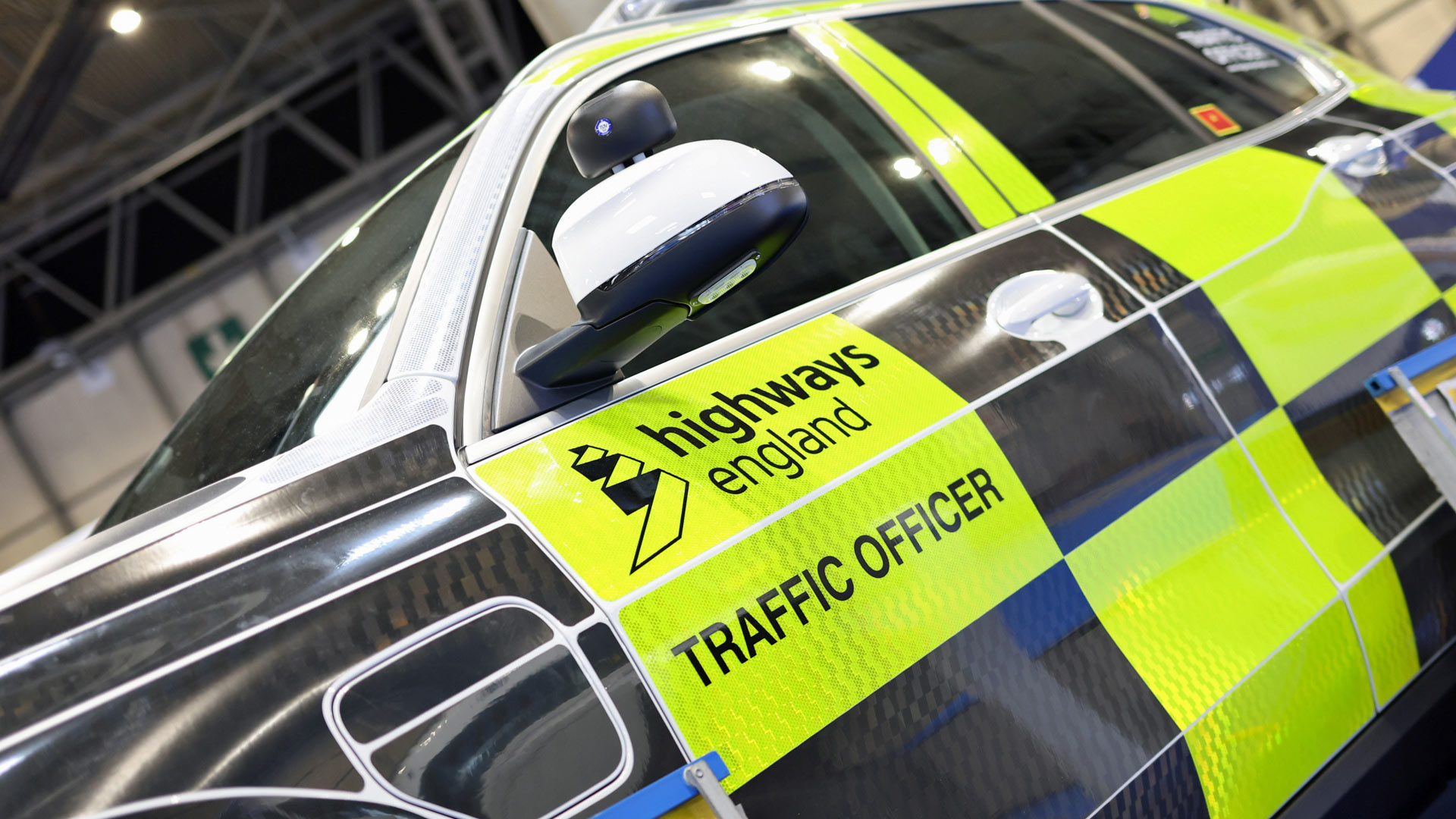
Many drivers have no knowledge of the vital emergency call (eCall) system that is fitted to new cars.
The technology is mandatory for all cars made from April 2018 onwards ‒ and it could potentially save your life following a serious collision.
National Highways joined forces with car manufacturers and road safety groups to raise awareness of the eCall feature, which is now found in millions of vehicles throughout the UK.
What is a car eCall button?

Introduced under EU legislation in April 2018, the idea for eCall was first mooted in the late 1990s. Similar technology already existed in North America, including the OnStar system fitted to General Motors vehicles.
The eCall system is designed to alert emergency services to a serious incident that has triggered the vehicle’s airbags.
Sensors automatically send the GPS location of a car to the emergency services, allowing it to be located easily after a crash. Microphones allow the driver and passengers to speak with emergency operators without needing to use a mobile phone.
How do I use a car eCall button?

After a serious collision, the eCall system will operate automatically. However, it can also be activated manually to summon help. National Highways gives examples of when it could be used, such as:
- Having stopped in live traffic on a motorway
- Not being able to exit your car safely
- Coming across another vehicle in need of assistance
- Experiencing a medical emergency while driving
- Noticing a potential hazard in the road
Modern eCall systems include an ‘SOS’ button, typically mounted at the top of the windscreen. Some vehicles have this button on the steering wheel instead.
This can be pressed by the driver or passenger, connecting them directly to emergency services operators. The circumstances of the incident can then be explained, with the appropriate response sent directly to the vehicle’s location.
Check if your car has eCall

Despite the low level of awareness, National Highways says proper use of eCall has increased in recent years. In 2020, correct calls were made 22 percent of the time, but this had risen to 59 percent by 2022.
Predictions for new vehicle sales suggest that by the end of 2025, more than 12 million vehicles in the UK will have the system fitted.
Mel Clarke of National Highways said: “The emergency call (eCall) system and its SOS button could save lives and revolutionise incident response on the roads, yet our research shows that most people do not know about it. I urge drivers to check if they have this safety feature installed, particularly if your vehicle was manufactured since April 2018, and to follow our advice about how and when to use it.”
ALSO READ:
How to avoid distractions when driving